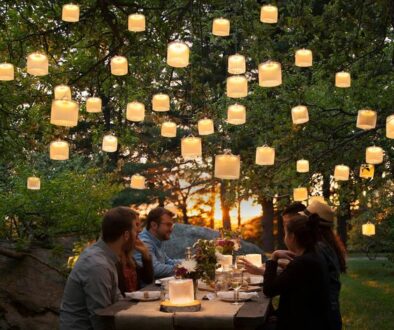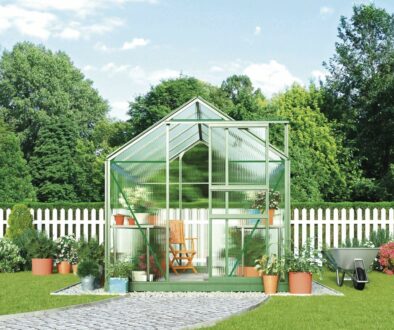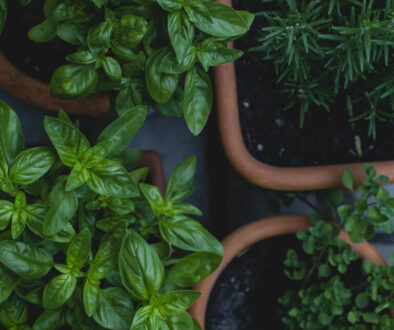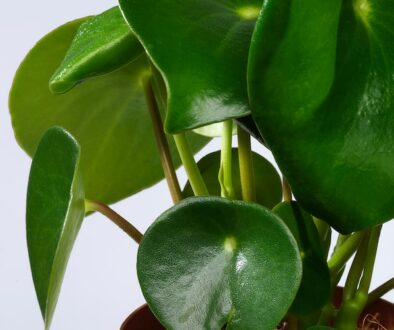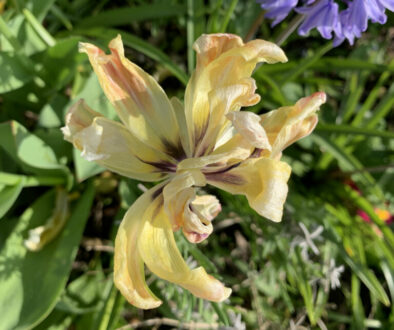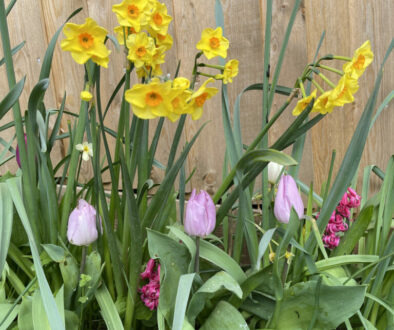Top 8 Outdoor Shade Loving Ferns to Grow in Your Garden
Getting plants to grow in the shade seems something of a misnomer, particularly when plants rely entirely on sunlight for their photosynthetic processes. Still, what can you do in the areas between houses or underneath the shade of trees?
Turns out, ferns are the perfect plant to grow in the shade. They generally thrive in low-light and damp conditions. Whether you plant them in the ground or in pots, they will need watering in hot, dry weather, but will love the wet drizzly seasons of spring and autumn.
These outdoor ferns are also hardy, so will tolerate the cold and snow well, although they might ‘die back’ and re-emerge in spring. For added security, we would recommend covering the surrounding areas with a thick layer of bark chip as the weather turns colder.
In the list below, we share some of the most common and easy to grow ferns in the UK. Definitely check them out for your own fern collection.
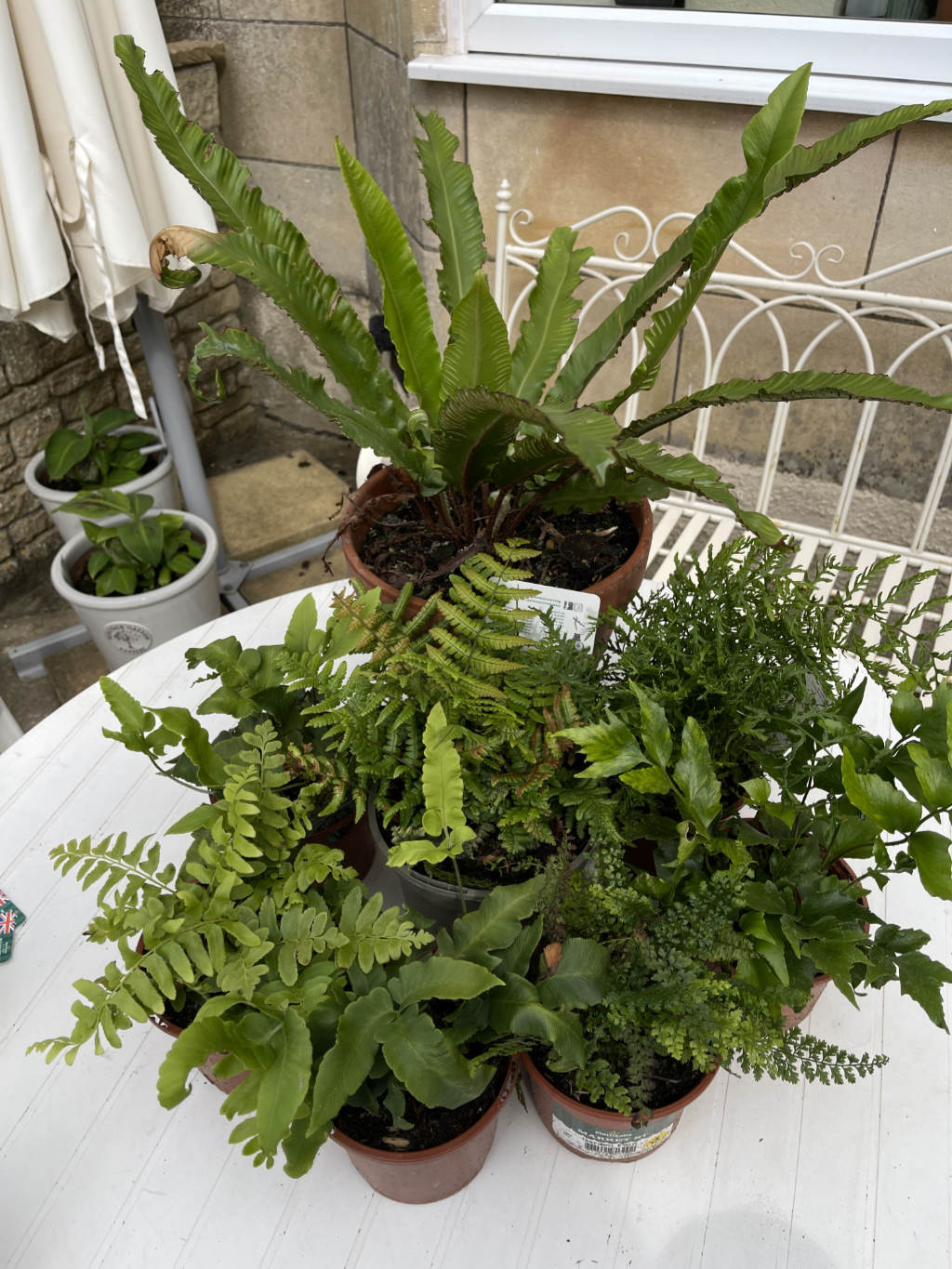
1. Hart’s tongue, Asplenium scolopendrium
A native British fern that grows in the wild, typically in woodland or along shaded country lanes. It will generally do well in a garden setting as long as it is sufficiently shaded and kept well watered.
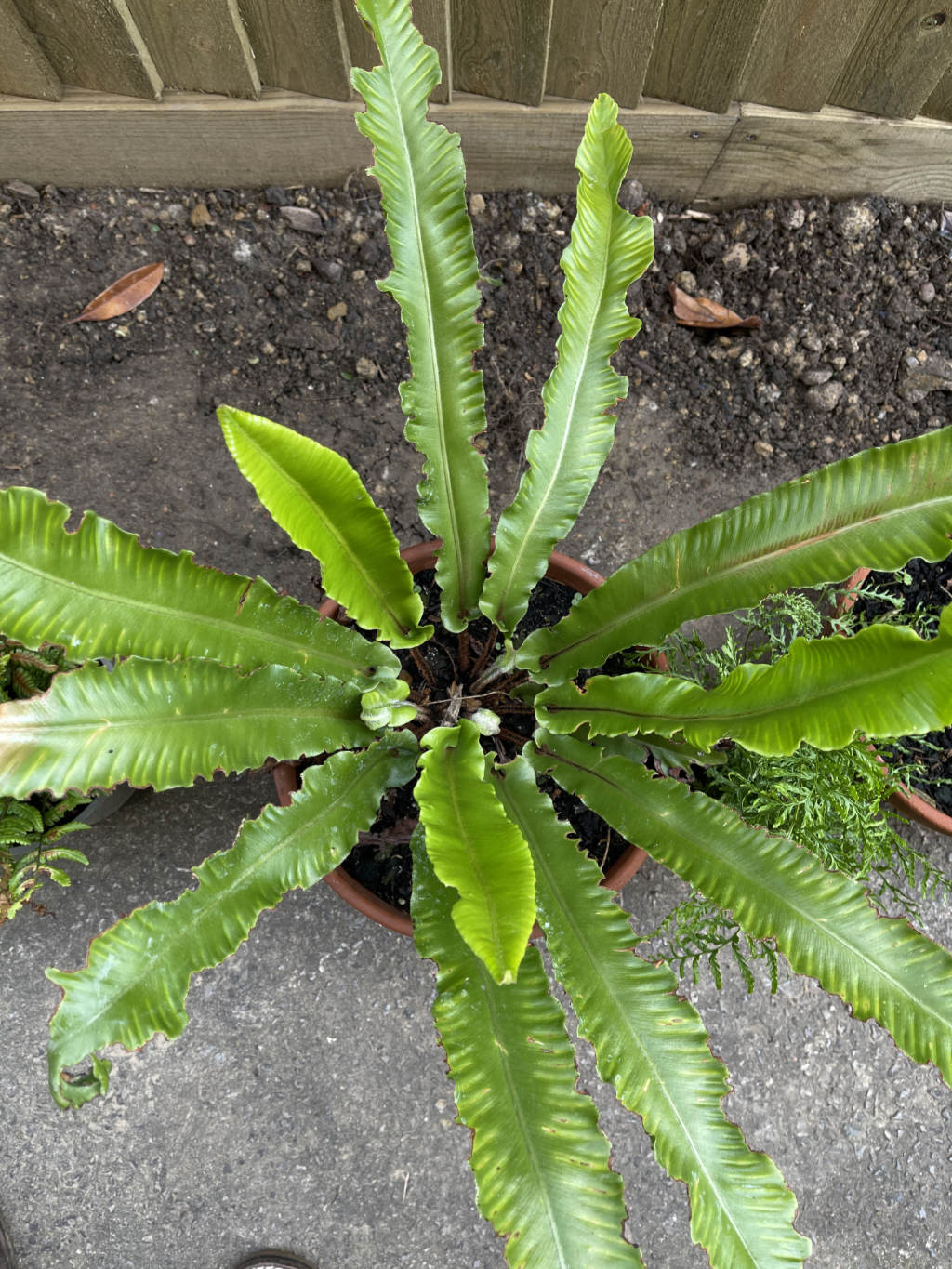
2. Christmas Fern, Polystichum Acrostichoides
The Christmas Fern may need a little bit more sunlight but will thrive in moist and well drained soil. It has lance-shaped leaves and evergreen fronds. Be sure to keep the soil damp with frequent watering.
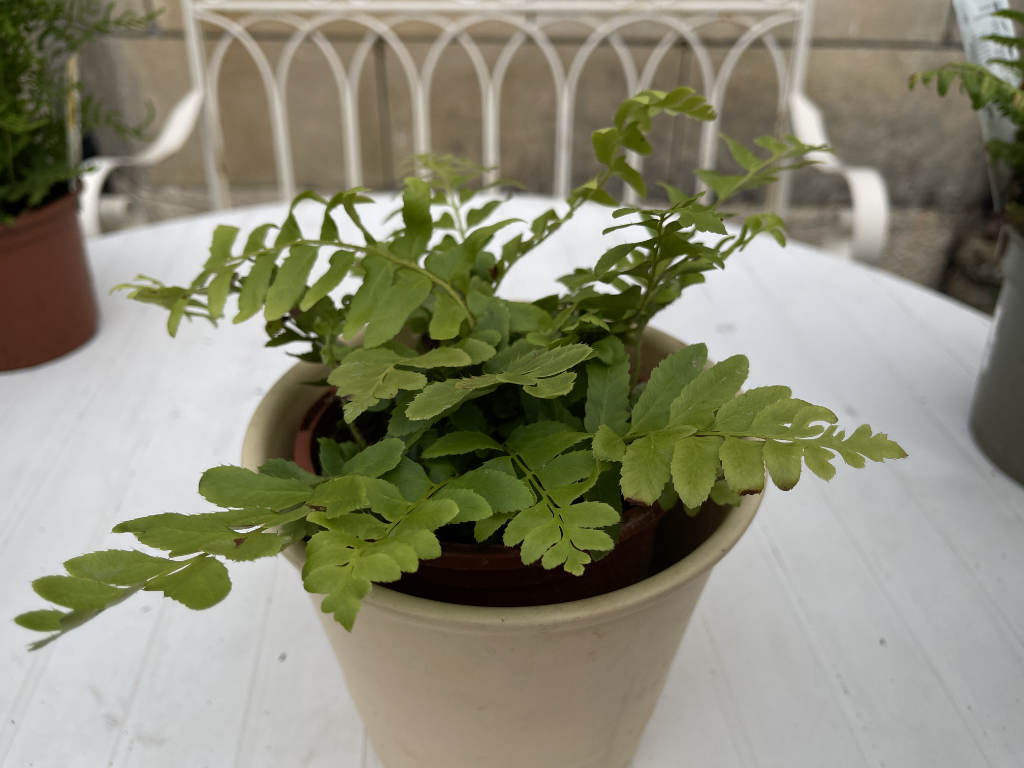
3. Evergreen Wood Fern, Dryopteris Sieboldii
A unique evergreen wood fern, this Dryopteris variety doesn’t mind being in the sun or shade. The leaves feel leathery to touch. You will get short creeping with bluish-green fronds.
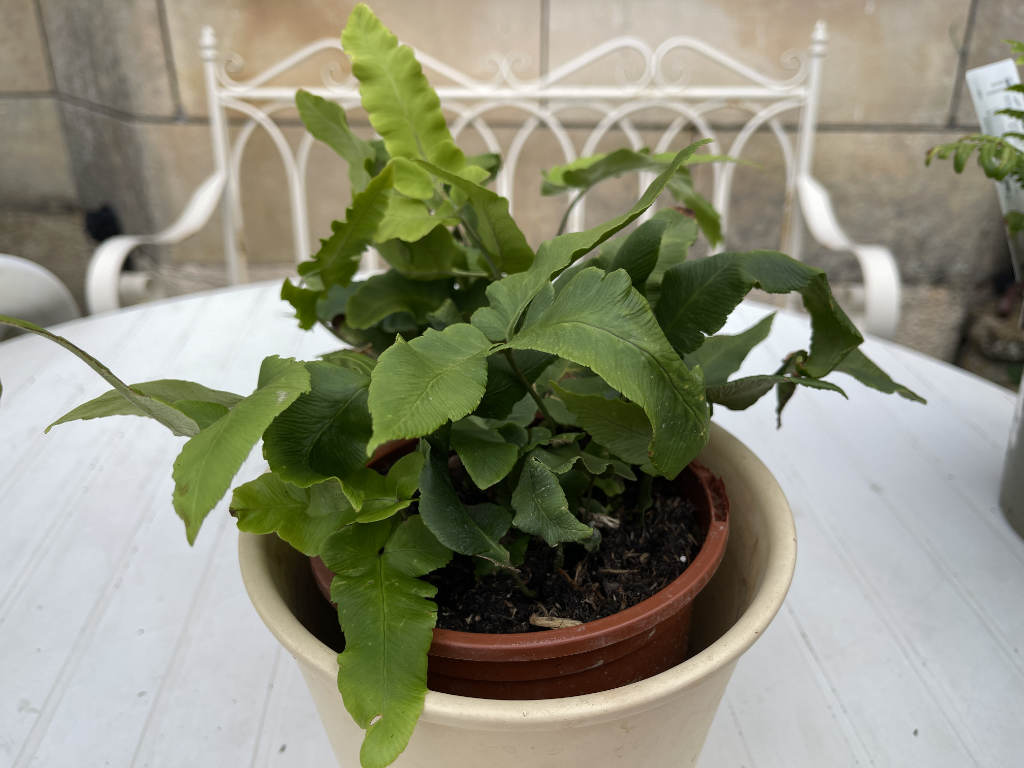
4. Garden Fern, Cyrtomium Falcatum
A hardy garden fern, the Cryrtomium loves damp and shaded areas and will thrive when planted together. Make sure to position it near the house or fence that can provide partial shade. The plant can grow to a height of 90cm with a spread of 60cm.
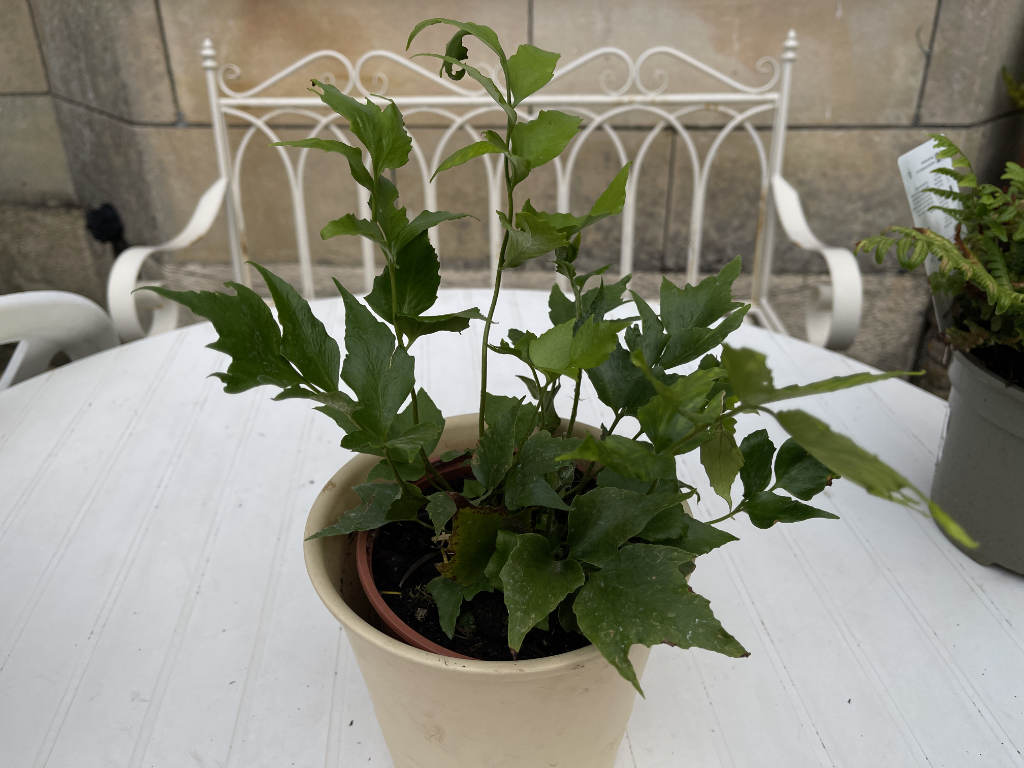
5. Polystichum Herrenhausen
This outdoor perennial fern not only loves the shade but can grow to a healthy foliage between 50cm up to 100cm spread and height. It is known as a semi green fern. The new foliage will uncurl in spring turning into long intricately divided fronds up to 1m tall. Remember to give it plenty of water and shade over the summer as it loves damp, well drained soil and shady positions.

6. Male Fern, Linearis Polydactyla
The Male Fern has a slender and dark green leaflets with a crested tip. The fern will thrive in moist and well drained soil and can be left out in the sun or shade. Just be sure to water it frequently over the summer to keep the soil damp and drained. It is known to brown into a foliage with shuttlecock-like clumps of upright, mid-green fronds.
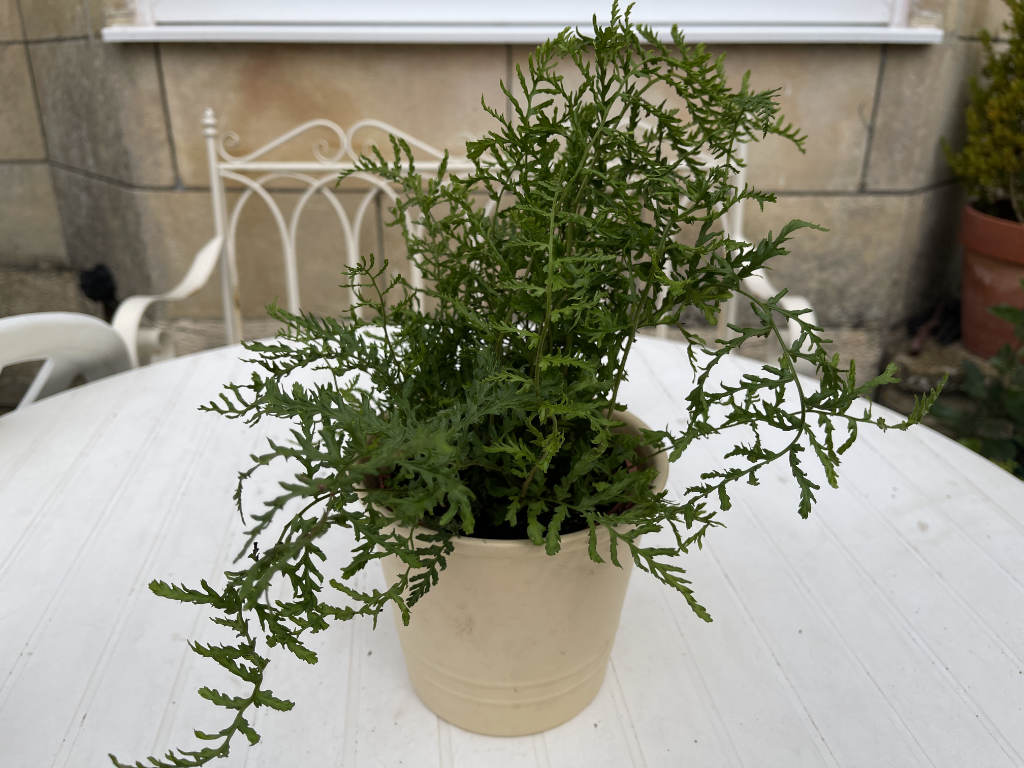
7. Jurassic Gold, Dryopteris Wallichiana
This Alpine Wood Fern will turn into a beautiful rose bronze colour as it ages and continues to a striking bright golden colour, hence the name Jurassic Gold. The fern is hardy and can stay outside in winter, coming back in spring and last until autumn. The foliage will grow to a height of 60cm with a spread of around 45cm. You can plant this inputs or in the ground and place this in a partially shaded area in your garden or near your house, preferably sheltered. Be sure to keep it in well drained soil.
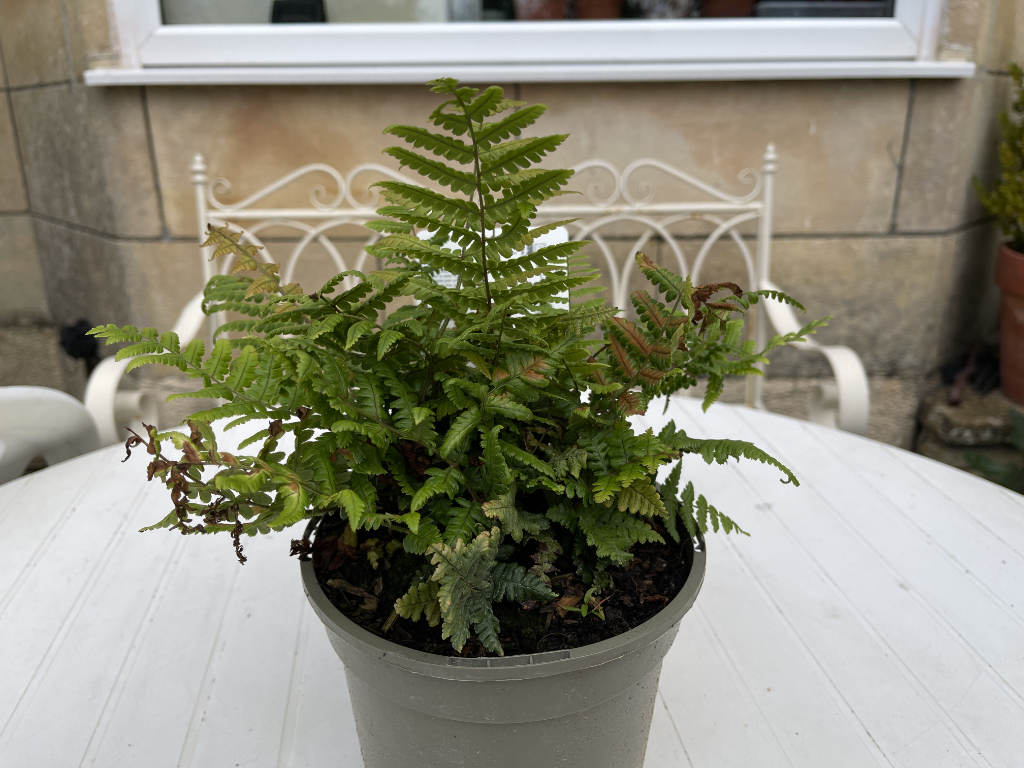
8. Male fern, Dryopteris filix-mas British
This commonly occurring fern can be found in most woodlands. It will generally do well either in shade or in sun, but prefers well-drained soil. It will grow quite large so do make sure it has sufficient room to spread out. Like most other native ferns, it will die back over winter and re-emerge again when the weather warms up.
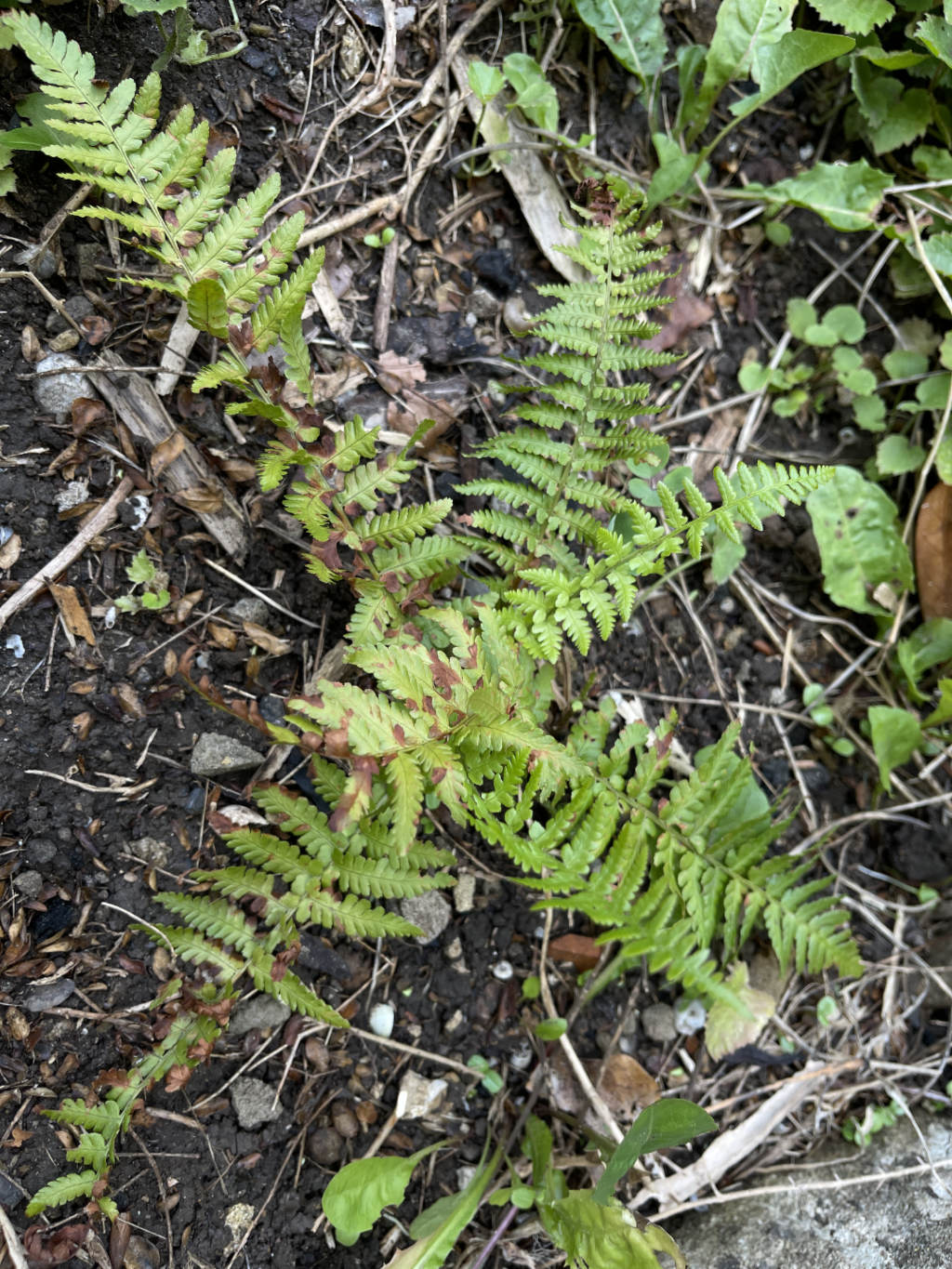
To learn more about common woodland ferns, download the British Pteridological Guide to Common Native Ferns in the UK
To sum up, if you’re looking to fill a shady spot in your garden with some green other than just grass, ferns are definitely worth looking in to. Good luck and happy growing!




